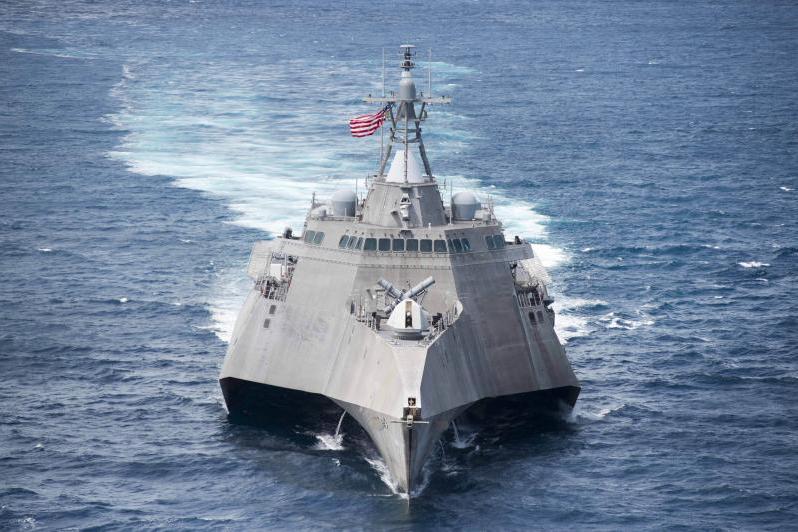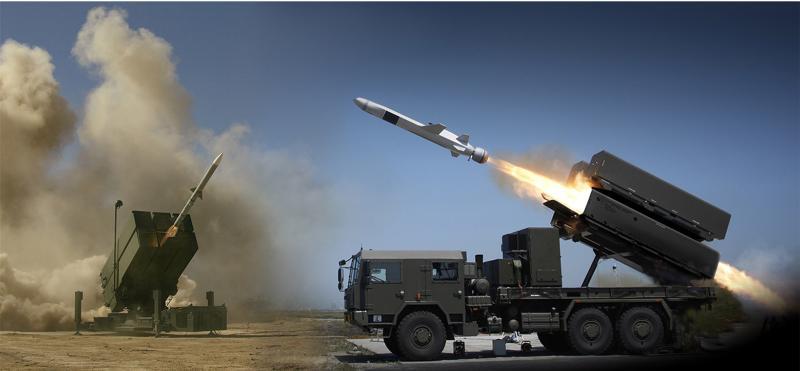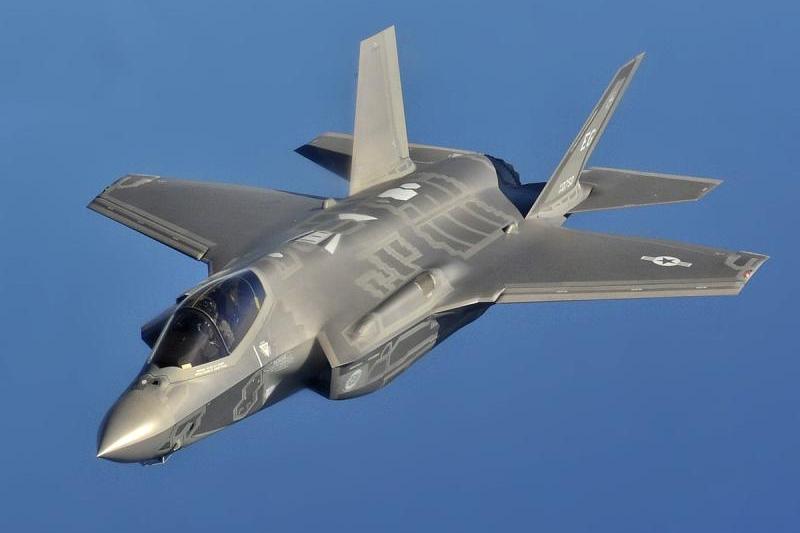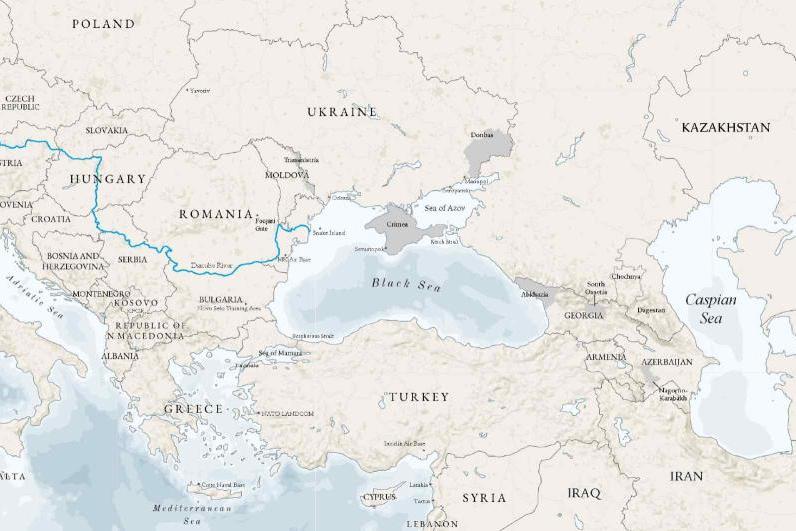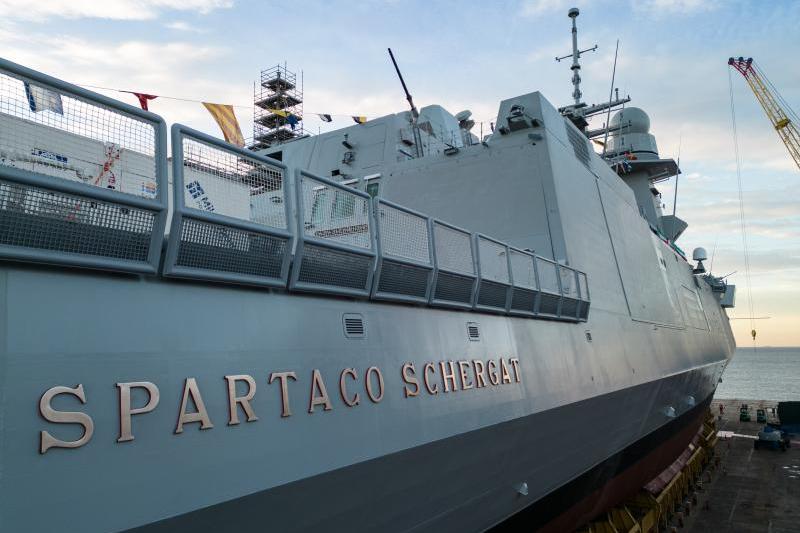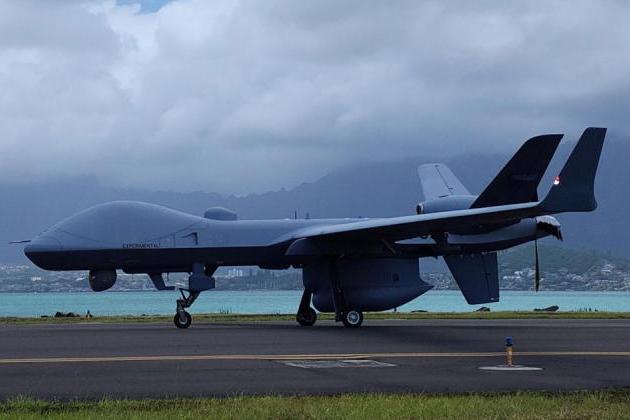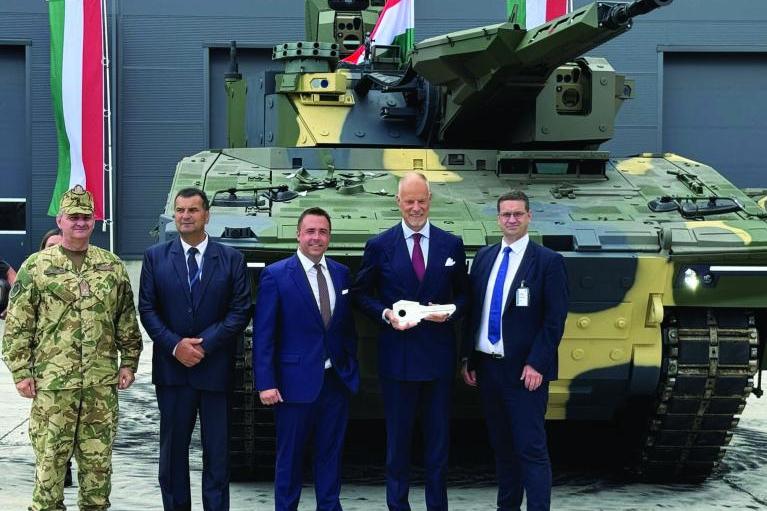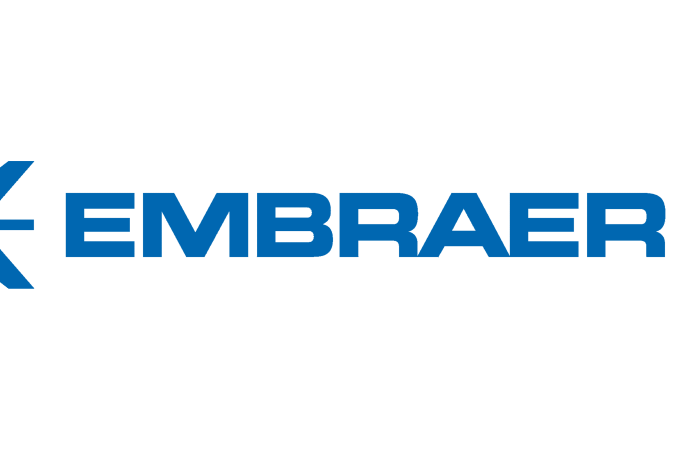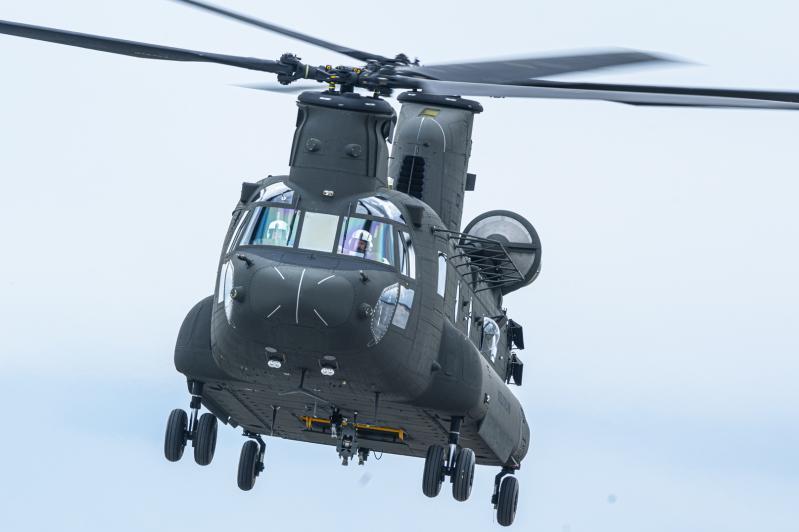Aerospace: No Winners in a Market Share Battle
A market share battle between the duopoly of Boeing and Airbus may be brewing. As Airbus enforces order contracts, customers could trim 737 MAX orders to manage oversupply. 29% of the Boeing 737 MAX order book through 2025 also have Airbus A320neo orders. The race to corner the supply chain is on.
Boeing's struggles with the 737 MAX is creating a once in a generation opportunity for Airbus (covered by Andrew Humphrey) to gain significant market share in the narrowbody aircraft market. Due to the long-cycle and limited number of programs and players in aerospace compared to other manufacturing industries, a strategic market share move could have multi-decade implications. A market share battle in a duopoly ultimately yields lower aircraft prices and lower profits. Although it remains to be seen to what degree a market share battle could play out between Boeing and Airbus, this dynamic bears watching as there are no winners in a market share battle . In this note, we highlight key customers to watch as we monitor the competitive landscape.
The prolonged grounding of the Boeing 737 MAX has opened a window for airlines to cancel/defer orders without penalty. This provides Airbus a relative advantage over the 737 MAX as Airbus customers do not have this similar walk-away provision. If Airbus forces customers to take delivery of A320neo aircraft, these same customers that have 737 MAX orders could be under more pressure to cancel/defer their 737 MAX orders if demand does not rebound.
From 2020-2025, Boeing has 2,717 orders of the 737 MAX family. 29% of those orders (791 aircraft) are to airlines and lessors who have also ordered the A320neo family in the same time period. Customers that have a mixed fleet are the ones to watch since they do not have incremental switching costs since they have ordered both families already.
The bottleneck in increasing aircraft production rate is the supply chain. Even before COVID-19, suppliers were hesitant to increase narrowbody capacity beyond 120 aircraft per month due to concerns about sustainability of high production rates. These concerns proved to be prudent in hindsight. With suppliers adjusting capacity lower and reducing their workforce, producing narrowbodies in excess of 120 aircraft per month is a tall feat. Therefore, whichever OEM could get to 60+ aircraft per month production rate first could benefit from a market share advantage, possibly until the next narrowbody program.
Pre-COVID-19, Airbus reached a production rate of 60 aircraft for the A320neo family in mid-2019 and planned to increase production to 63 per month in 2021. Pre-737 MAX grounding, Boeing planned to increase 737 MAX production to 57 per month in 2019. Airbus is at 40 per month for the A320neo and has asked the supply chain to protect production of 47 per month in 3Q21. Boeing is currently at low production rates of the 737 MAX and intends to reach 31 per month by early 2022.
Raytheon Technologies Pratt & Whitney's decision not to bid on the 737 Classic program in 1981 caused the company's market share to erode from 71% of new jet engine deliveries in 1981 to a trough of 0.4% in 2015 before the ramp-up of the Geared Turbofan (GTF). It took Pratt over a decade of investments to bring the Geared Turbofan to market. This is the painful lesson of the industry of how low market share could go after a strategic misstep. For more details on this market share dynamic, see our note, Pratt & Whitney Deep Dive.

